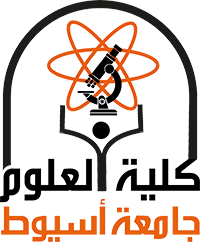Streptomyces is a genus of Gram-positive, aerobic, filamentous and non-acid-fast actinobacteria that belongs to the family
streptomycetaceae and represents the largest genus of actinobacteria. It is common in various environments; soil,
composts, water (rivers and marine) and plants. The genus comprises more than 600 species with validated names. The
most interesting features of Streptomyces is its ability to produce bioactive secondary metabolites, such as
antifungal, antibacterial, antiviral, antitumor, anti-hypertensives, immunosuppressant, and several others. The genus
produces over two-thirds of the clinically useful antibiotics of natural origin related to aminoglycosides, β-lactams,
macrolides and tetracyclines. The production of most antibiotics is species specific, and the species produce them to
compete with other microorganisms in the same habitats. In addition, these antibiotics protect the plant against microbial
pathogens. The objectives of the current review are to shed light on the genus Streptomyces; diversity, general features and
the role of this genus in production of highly valuable antimicrobial agents that commonly used in treatment of some
virulent pathogens.
Microbiology7- Formatex
Enrique Torres-Hergueta and A. Méndez-Vilas, Eds

